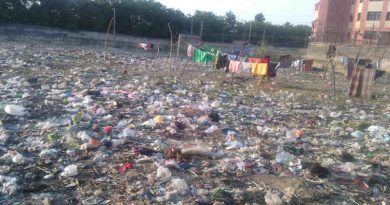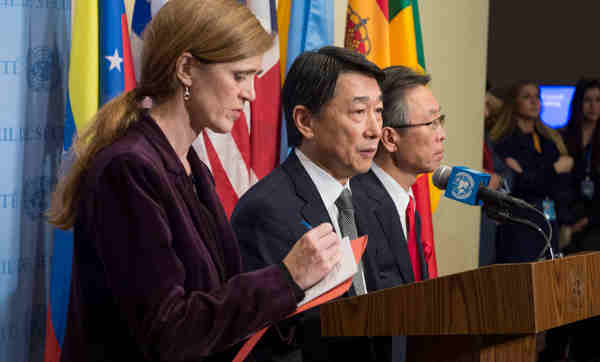Population of African Cities to Triple: UN
The population of African cities is set to triple over the next 40 years, warns UN-Habitat’s new report: The State of African Cities 2010: Governance, Inequalities and Urban Land Markets.
It was released Tuesday, Nov. 23 in Bamako, Mali, during the 3rd African Ministerial Conference on Housing and Urban Development (AMCHUD III).
Across the whole of Africa, 24 million slum dwellers have witnessed improved living conditions over the last decade, said United Nations (UN).
However, while cities in North Africa reduced the share of slum dwellers from 20 to 13 per cent, in Sub-Saharan Africa, the share of slum dwellers decreased by only five per cent (or about 17 million).
[ Also Read: IBM Game to Help You Solve City Problems ]According to the report, Africa will suffer disproportionately from the negative effects of climate change such as extreme weather events despite contributing less than 5 per cent of global green house emissions.
Examples given include the extreme heavy rains in Burkina Faso which left 150,000 people homeless as well as other parts of Africa that have recently suffered prolonged droughts and subsequent hunger, leading to rural-urban ecomigration, adding even more people to the urban populations at risk.
Advertisements:
Business Proposal
Digital Media Campaigns
Raman Media Network: Connecting Communities
“Urbanization is here to stay and within a few decades, Africa will be predominantly urban. Already huge urban corridors across Africa are engines of economic growth,” said Joan Clos, executive director of UN-HABITAT.
“The issue now is for regional and national governments, local authorities and all other stakeholders to pull together to ensure the efficient management of urban agglomerations. Smart urban policies could help spread the benefits and lift the continent out of poverty.”
[ Also Read: Celebs Join Hands to Combat Hunger in the U.S. ]The report also highlights the difficulties caused by mobility when it comes to enumerating Sub-Saharan Africa’s slum populations.
A good example given is that of the Kibera slums in Nairobi, Kenya where the long-standing perception was that its population was about half a million to one million people but the 2009 census set this figure at just under 400,000.
The authors argue that data on slum dwellers derived from a population census or from voter rolls, often the sole options of enumerating, should be interpreted with great caution.
Photo courtesy: UN-Habitat




